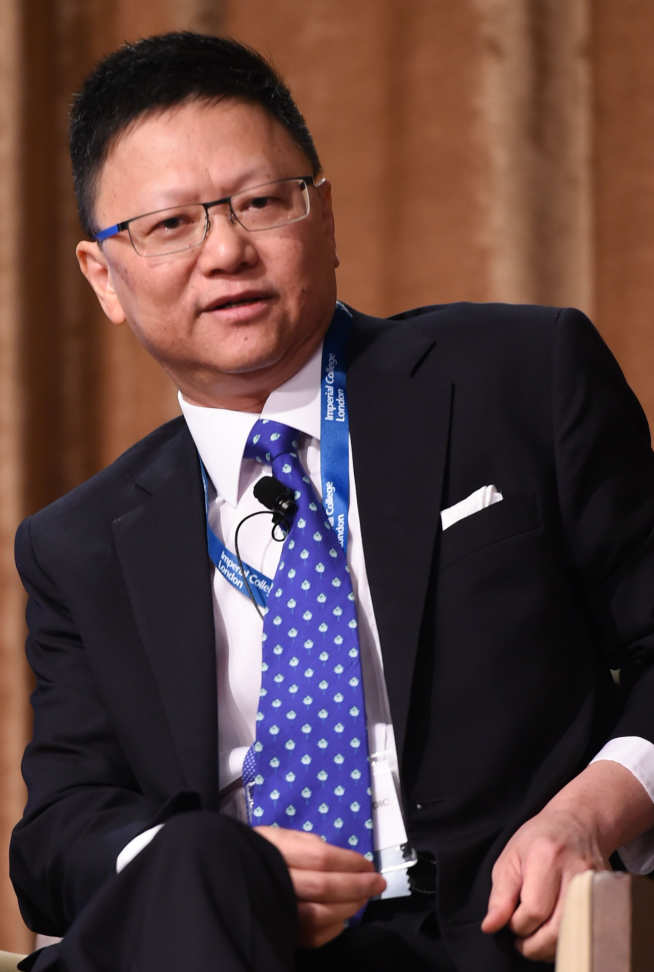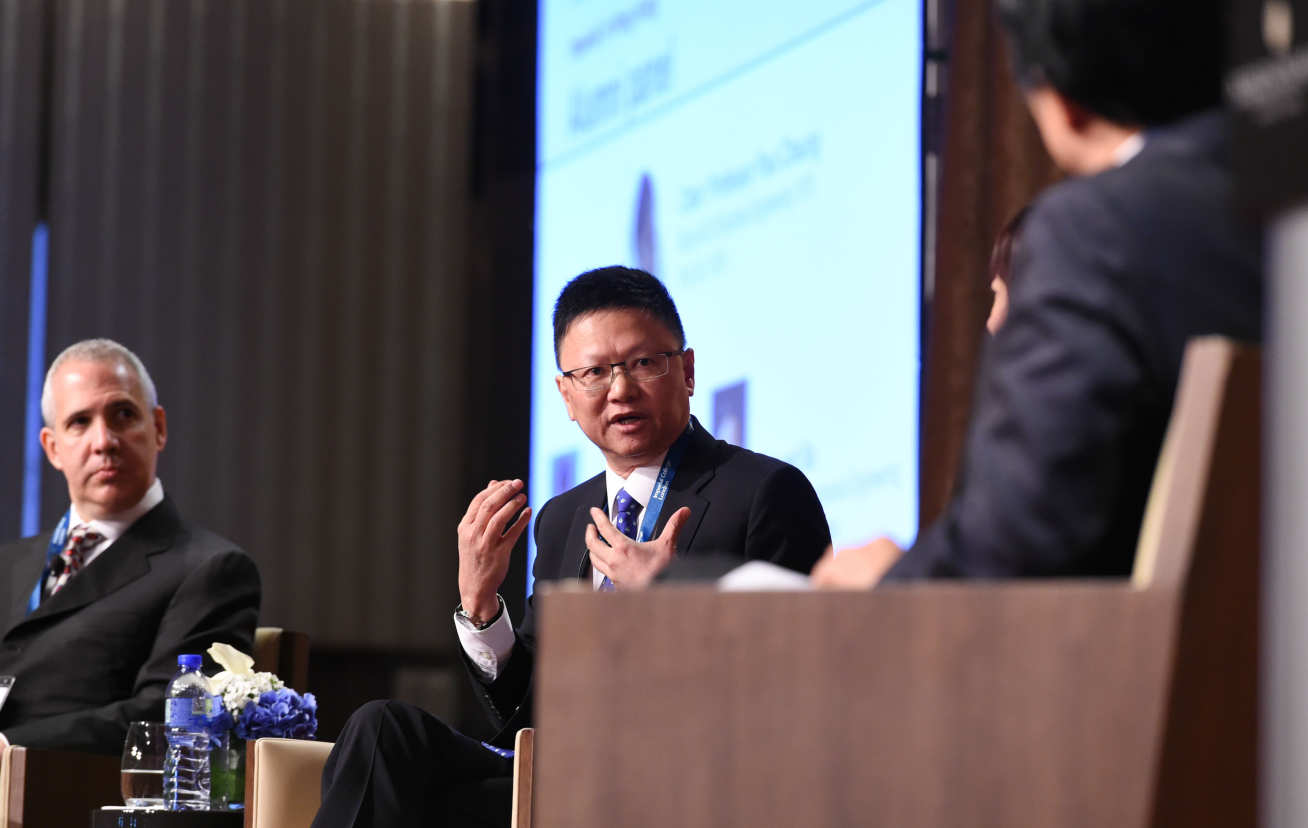Robin Sham

Dr Robin Sham (PhD Civil Engineering 1989) is a bridge engineer by profession and works as the Global Long Span and Specialty Bridges Director at AECOM to build monumental bridges on a global scale. At a recent reception with President Alice P. Gast in Hong Kong, Robin appeared on a panel of eminent alumni to explore some of the challenges and opportunities presented by the fast-changing global financial, engineering, scientific and research sectors. We caught up with him to find out how his time at Imperial prepared him for his current role.
What did you learn during your time at Imperial, in class or out?
“I have an enquiring mind and a tireless quest for knowledge so in addition to my research in civil engineering, I often attended classes in other departments, particularly those in the engineering and computer science disciplines. I also enjoyed evening lectures delivered by leading Imperial scholars.”
Can you tell us about your studies at Imperial?
“I delved into the research of artificial intelligence in conceptual bridge design. Decades on, my contemporaries in that era still say in good humour and with sincerity that they look back with intrigue and sympathy as to why anyone would have chosen a field of research as difficult as mine!”
What is your fondest memory of your time here?
“My fondest memory of my years at Imperial is the ‘State of the Nation Address’ with fellow students and researchers, by the coffee machine at Level 2 of the Skempton Building. We discussed how one day we might change the world, for the better. We discussed the catalysts for technological advancement, and also the impediments, particularly in underprivileged regions of the world. We had the tacit understanding that if we helped one another, our success would be phenomenal.”
Tell us a bit about the work you’re doing now.
“I am a bridge engineer by profession, and I work in the design and construction of landmark bridges as Global Long Span and Speciality Bridges Director at AECOM. I pursue building monumental bridges on a global scale. In my work, I cross vast continents in search of new frontiers in bridge engineering. I feel spurred on when others consider that I have helped in some way push new boundaries.”
What did you learn at Imperial that has helped you in your career so far?
“The tranquil confidence of a pioneer.”
What have been your career highlights and lowlights?
“I saw active service in motorway construction in the northwest of England; on the Second Severn Crossing between England and Wales; and on the Aberfeldy Bridge in Scotland. My recent work contributed to two of the world’s longest cable-stayed bridges – the Sutong and the Stonecutters Bridges; the first long-span, three-pylon, continuous suspension bridge, the Taizhou Bridge; and one of the longest sea crossings built in recent history, the Second Penang Bridge.
One of the most memorable highlights was that in 2013, I was fortunate enough to receive the Institution of Civil Engineers Gold Medal. In that context, and true to Imperial’s tradition, I followed the footsteps of two of my Professors, Alec Skempton and John Burland.
As to lowlights, one has to quote Paul Anka ‘Regrets, I have had a few, but then again, too few to mention’.”

What are your plans for the future?
“Years ago I vowed to build a bridge team that would be a formidable force to be reckoned with on the international scene. That has more than been accomplished. Now I aspire to lead this team to deliver more ground-breaking structures. I yearn to perfect the third generation suspension bridges, and perhaps contribute to the invention of the fourth generation suspension bridge. I am in search of practical and cost-effective means of increasing the limit on cable-stayed bridge spans – the task list is endless.”
What would be your advice for current students?
“The key to success in anything is akin to the key to winning a game of tennis. The most important element is to anticipate where the ball might drop and take action before it drops.”
What’s the most difficult decision you’ve ever had to make?
“I face very tough decisions all the time. I tackle them by keeping my eyes firmly on the ball and thinking positively. One has to experience the rough and tumble, before one achieves the big and stellar.”
What are you most proud of in your life?
“Being a pilgrim, after John Bunyan, in long span bridge engineering.”
Do you have a favourite quote or saying?
“We were specially chosen, and lucky to be there”, Richard Feynman, Nobel Laureate in Physics.
Is there anything else you’d like to share?
“Inspired by the work of Lord Scarman after the troubles in Brixton and Toxteth, and later truly appreciating the strength of the multicultural research community at Imperial, where the best of the best thrive, I have built a diverse bridge engineering team myself. Diversity heightens the team’s determination that being the best in the game is not everything, it is the only thing."


